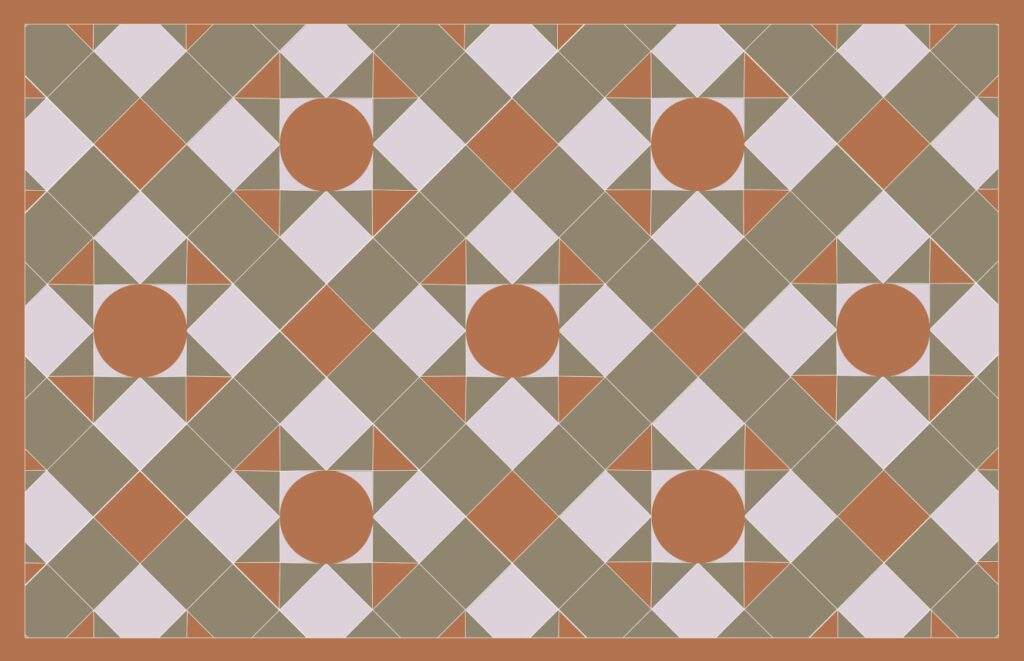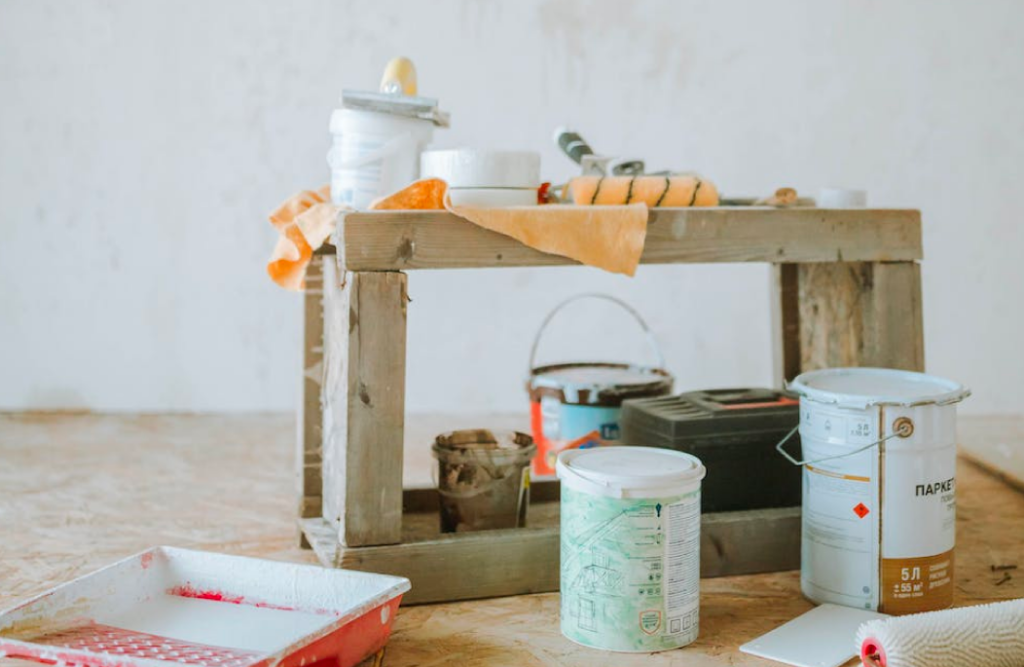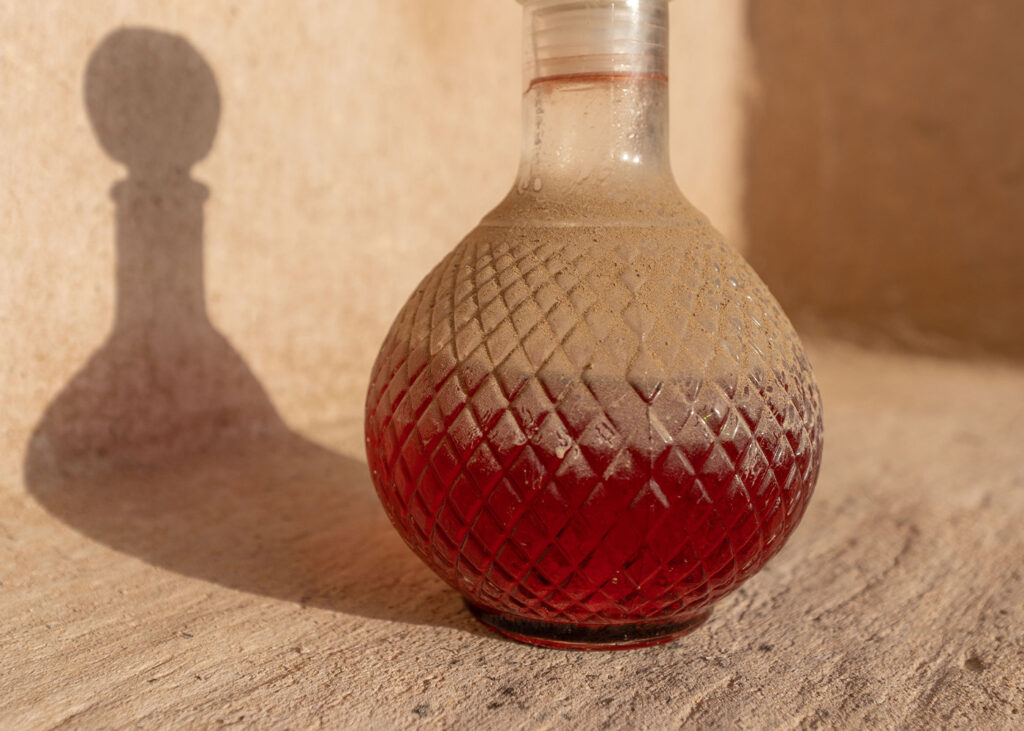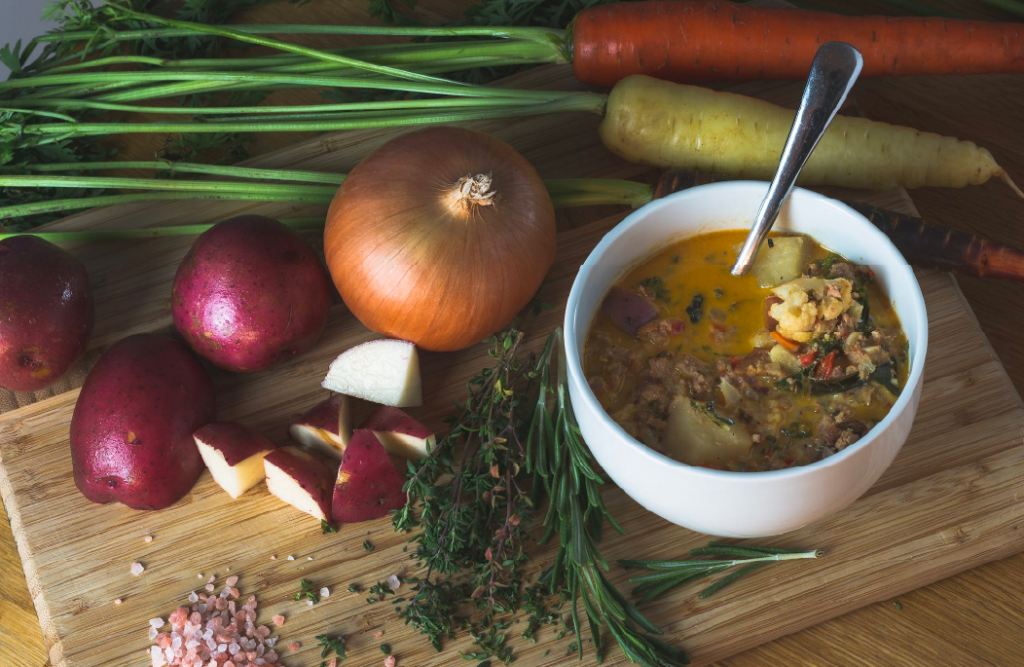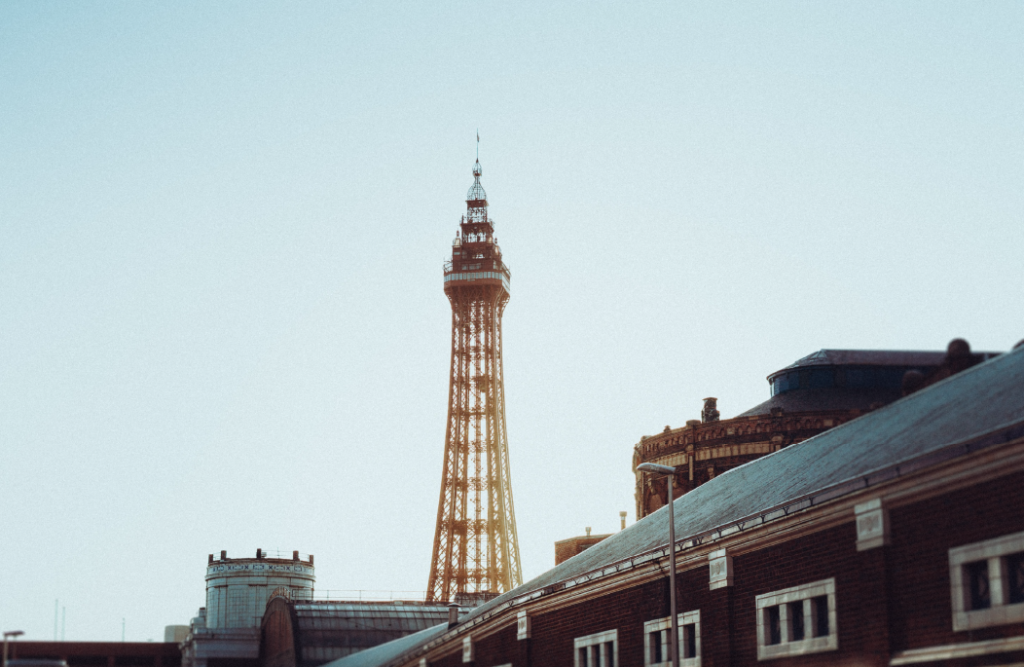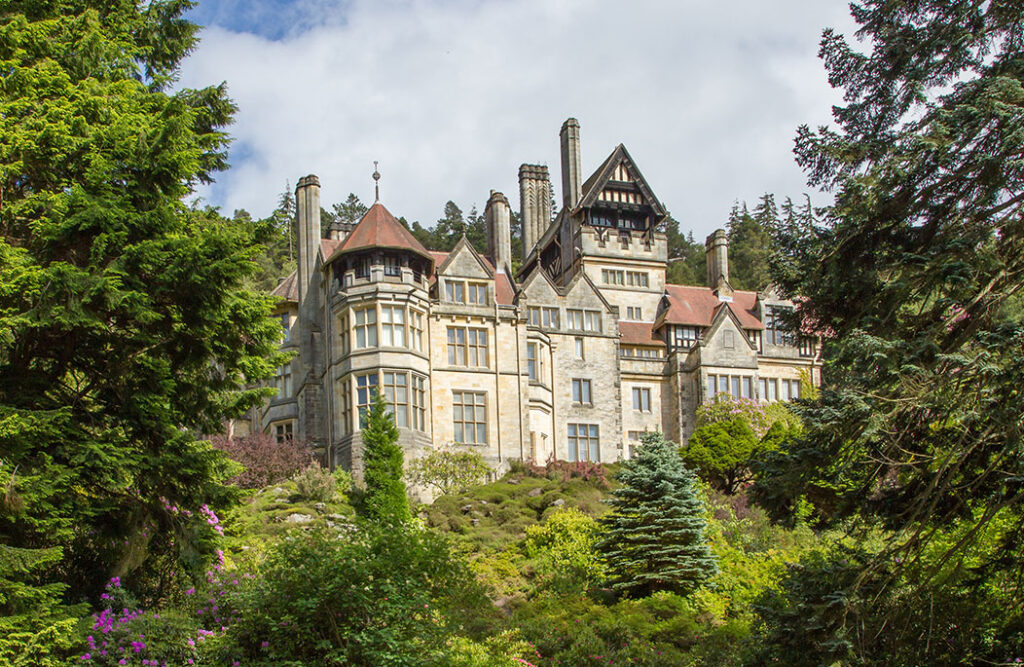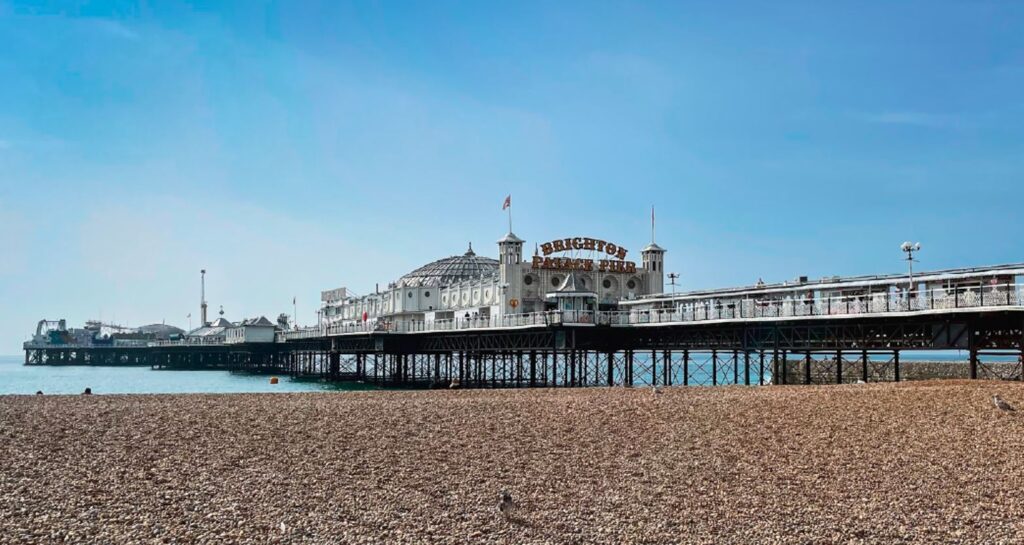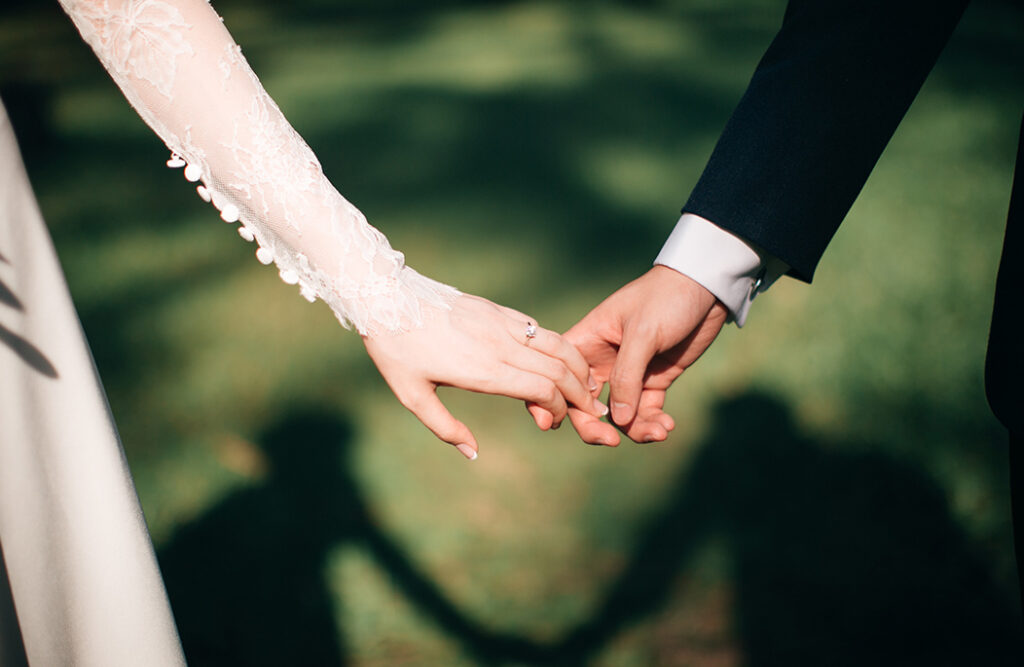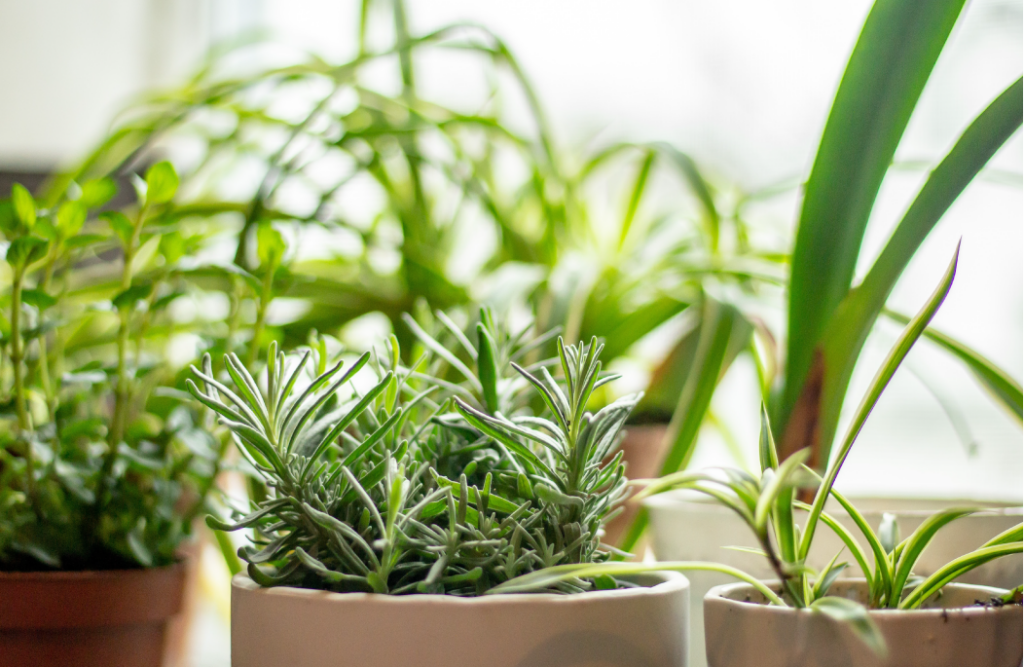The Victorian era was filled with magnificent colour as homeowners were suddenly able to access a rainbow of shades thanks to industrial and technological advances that brought a spectrum of hues into even the most modest of terraced houses.
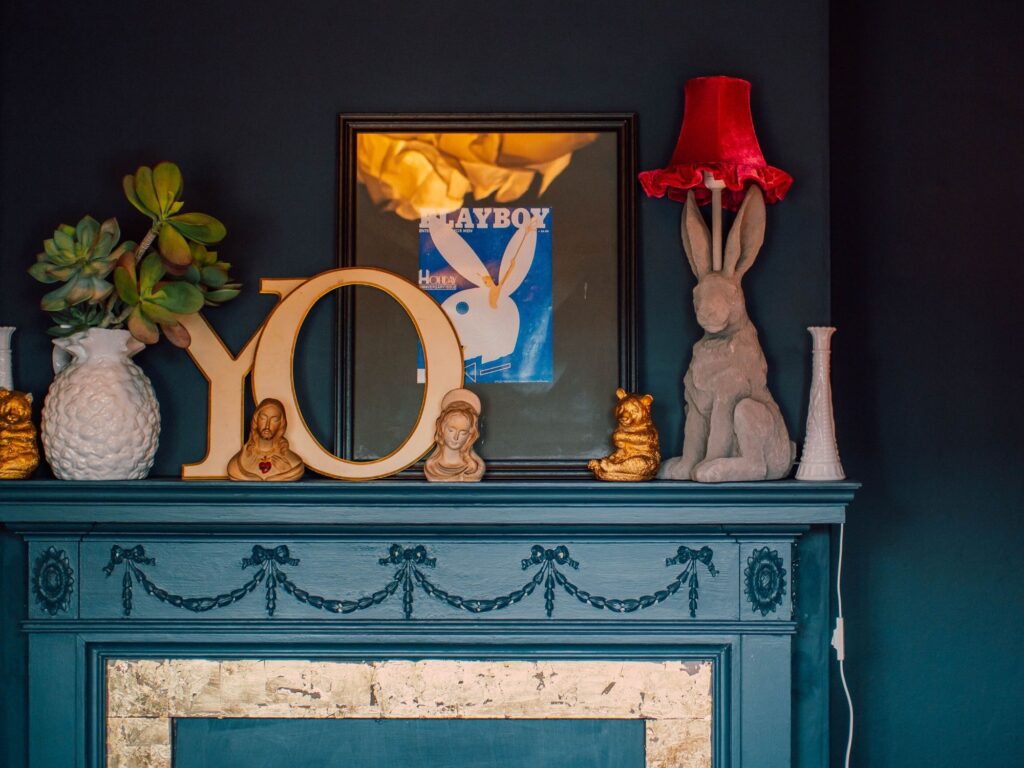
A new spectrum of colour
While we often look back on traditional Victorian interiors as dark and gloomy places, in the 1840s, interior colour schemes were colourful yet surprisingly restrained. Pale tinges of lilac, buss and salmon were common alongside the strong shades that echoed colours found in nature, reflecting water, gemstones, heathland and the sky. Architectural features began to be picked out using colour – wall decoration would be broken up by painting above a dado rail and wallpapering below it to create drama and contrast in a room. Moulding at the top of rooms were often highlighted in rich shades.
In the 1850s, it was fashionable to have colour ceilings – even in modest homes – or to have the plasterwork and ceiling roses picked out in colours. Principal rooms often wore shades that offered a suitable backdrop to a gallery of pictures or a collection of objects – rich crimsons or bright reds, lilacs and dark shades – while in the bedrooms, drawing rooms and libraries, shades of green were often favoured, particular sage.
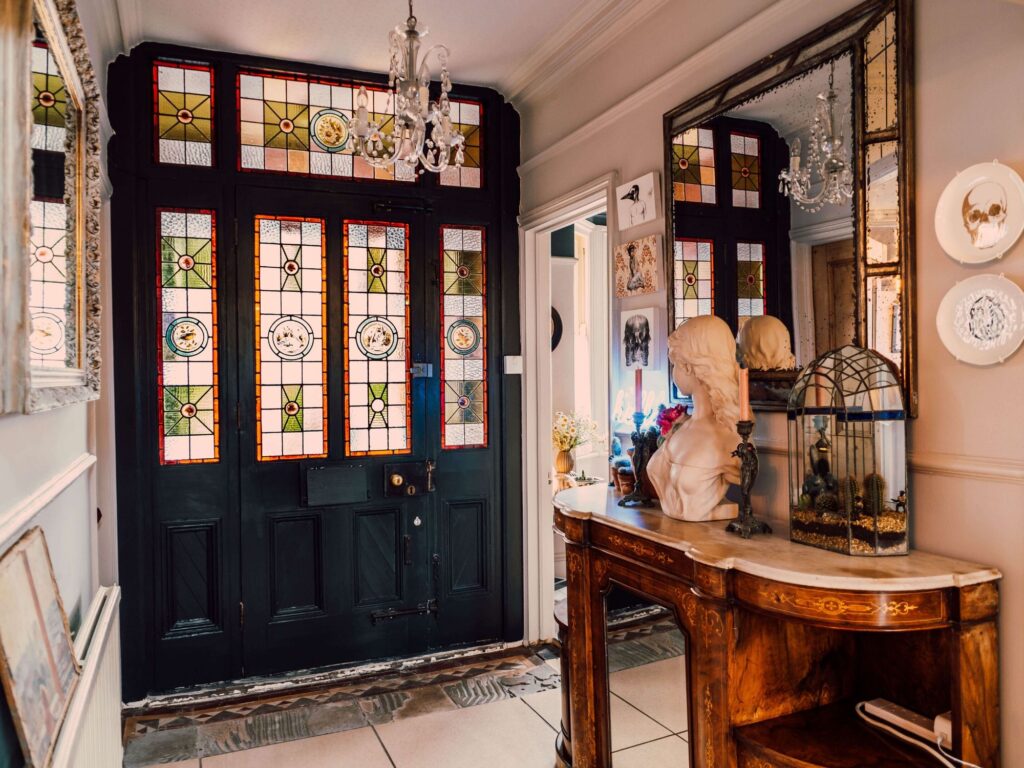
Woodwork and wood accents
Early Victorian fashion centred around dark woodwork, and wood graining techniques were sometimes employed to imitate the far more expensive exotic woods coveted at the time. The exposed, stripped-back wood that is often seen in period homes today would have been considered cheap and unfashionable; in a Victorian house, the only place you would expect to see stripped-back wood would have been on the top of the kitchen dresser or table.
White woodwork appeared alongside the Queen Anne style of interior decor, which was popular in the 1880s and 1890s and used to enhance the rich colours of the period and to best display the advent of electric lighting in homes. Even then, brilliant white wasn’t available until after World War Two, so any white shades would have had creamier tones.
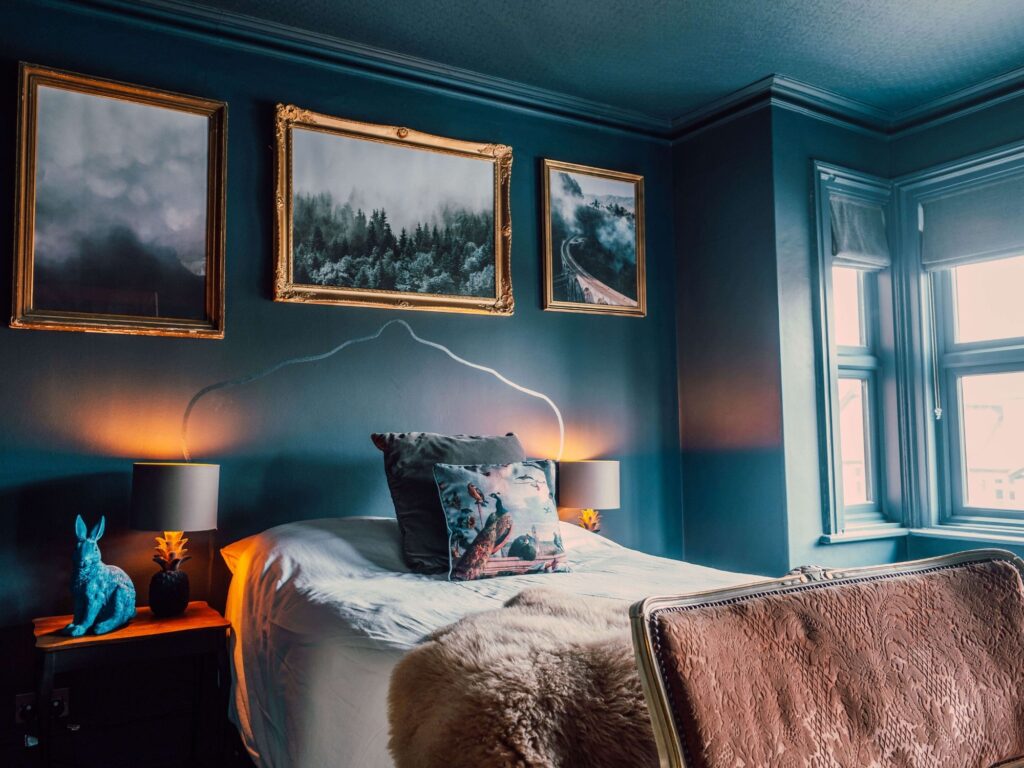
Painting by the book
If you’re looking to open a window on the past and decorate your home in authentic Victorian style, it pays to do your research. Guides for homeowners were produced which offered suggestions as to which colour schemes should be used inside one’s home. Here are just a few quotes from these guides:
- “… the parlour should be ‘old blue’ with a French floral paper above the picture rail and on the ceiling a paper containing red, green and blue…”
- “… dining rooms should be full-toned and rich…”
- “… libraries should be thoughtful and sober…”
Dark colours should be used on floors and woodwork with a lighter wall, then, above the picture rail, a lighter colour, and – lightest yet – the ceiling. Mahogany wood should be paired with deep blue or yellow tones, never red. Maple looks best with pinks and greys, walnut with golden yellows and oak with purple blues and olives.
To find out more about paint and interior design in the Victorian style, download the Adrian Flux Victorian Homes ebook for free. It is full of tips on how to create a Victorian style house — even if you live in a new-build home — and advice on where to source original Victorian and reproduction fixtures, fittings, furniture, accessories and art.
Looking to insure your Victorian Home?
Adrian Flux is a specialist insurance compnay offering bespoke cover for all period and Victorian homes. Call 0800 369 8590 got a fast and hassle-free quote.
Our home insurance customers saved an average of 31% in 2021 when taking out a policy with us. See how much you could save by giving us a call.
download the full victorian homes ebook
Download Victorian Homes, a free ebook created by Adrian Flux insurance services. It is full of Victorian house facts, tips on how to create a Victorian style house — even if you live in a new-build home — and advice on where to source original Victorian and reproduction fixtures, fittings, furniture, accessories and art.

